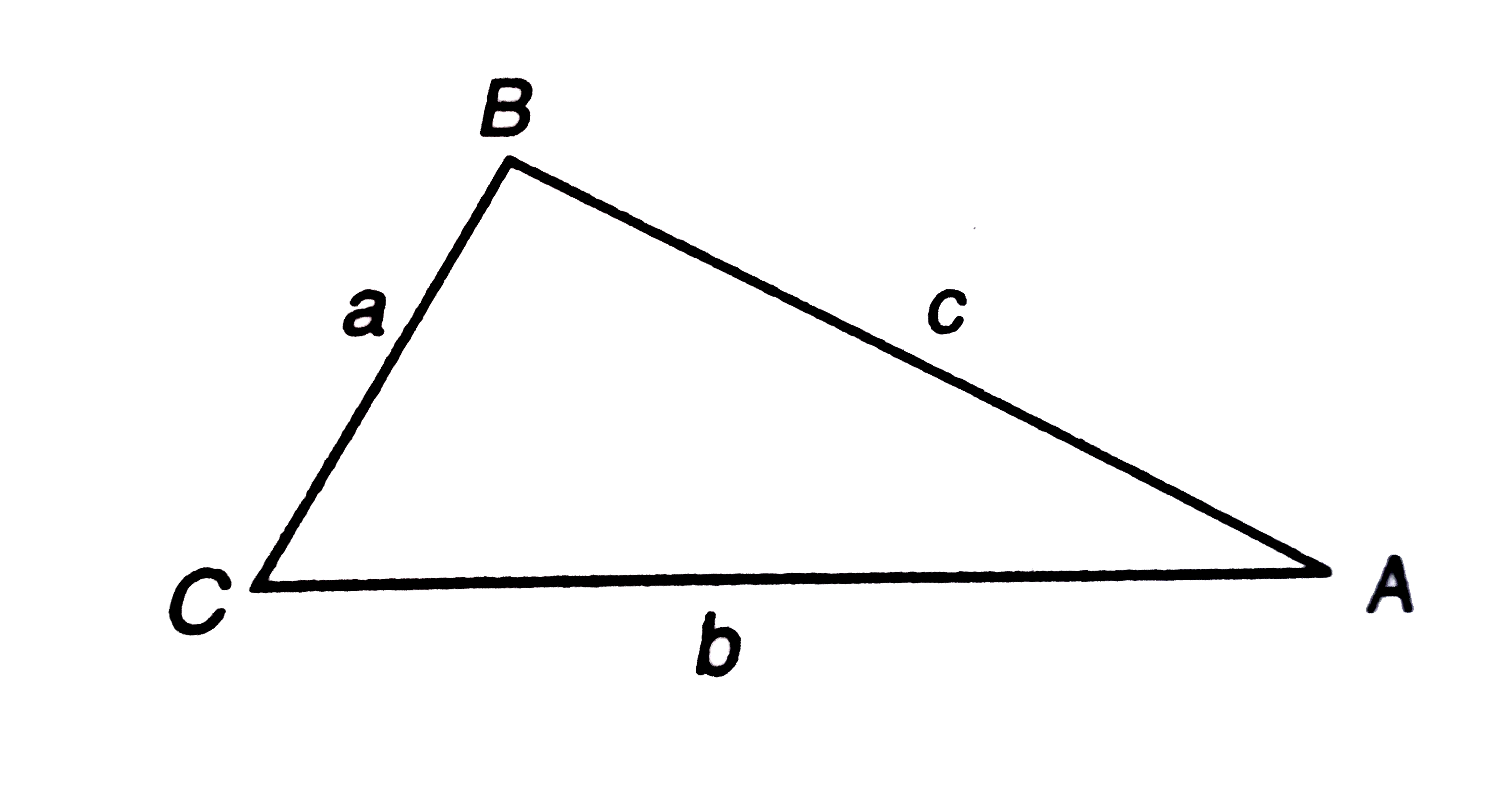In △ABC,∠B=60∘ and ∠C=75∘. If D is a point on side BC such that ar(△ABD)ar(△ACD)=1√3
find ∠BAD
To solve the problem step by step, we will use the given information about triangle ABC and the relationship between the areas of triangles ABD and ACD.
Step 1: Find angle A
Given:
- Angle B = 60°
- Angle C = 75°
Using the angle sum property of triangles:
Angle A=180°−Angle B−Angle C
Angle A=180°−60°−75°=45°
Step 2: Set up the problem with angle DAC
Let:
- Angle DAC = θ
- Therefore, angle BAD = Angle A - Angle DAC = 45° - θ
Step 3: Use the area ratio
We know that:
Area of triangle ABDArea of triangle ACD=1√3
The area of a triangle can be expressed as:
Area=12×Base×Height
Thus, we can write:
12×AD×sin(45°−θ)12×AD×sin(θ)=1√3
Step 4: Simplify the area ratio
Canceling out the common terms:
sin(45°−θ)sin(θ)=1√3
Step 5: Use the sine subtraction formula
Using the sine subtraction formula:
sin(45°−θ)=sin(45°)cos(θ)−cos(45°)sin(θ)
Substituting sin(45°)=√22 and cos(45°)=√22:
√22cos(θ)−√22sin(θ)sin(θ)=1√3
Step 6: Cross-multiply and simplify
Cross-multiplying gives:
√2(cos(θ)−sin(θ))=1√3⋅2sin(θ)
√2cos(θ)−√2sin(θ)=2sin(θ)√3
Step 7: Rearranging the equation
Rearranging gives:
√2cos(θ)=(√2+2√3)sin(θ)
Step 8: Divide both sides by cos(θ)
Dividing both sides by cos(θ) gives:
√2=(√2+2√3)tan(θ)
Step 9: Solve for tan(θ)
Rearranging gives:
tan(θ)=√2√2+2√3
Step 10: Find the value of θ
Using the known value of tan(30°)=1√3, we find:
θ=30°
Step 11: Find angle BAD
Now substituting back to find angle BAD:
Angle BAD=45°−θ=45°−30°=15°
Final Answer
Thus, the angle BAD is:
15°
Given:
- Angle B = 60°
- Angle C = 75°
Angle A=180°−Angle B−Angle C
Angle A=180°−60°−75°=45°
Let:
- Angle DAC = θ
- Therefore, angle BAD = Angle A - Angle DAC = 45° - θ
We know that:
Area of triangle ABDArea of triangle ACD=1√3
Area=12×Base×Height
Thus, we can write:
12×AD×sin(45°−θ)12×AD×sin(θ)=1√3
Canceling out the common terms:
sin(45°−θ)sin(θ)=1√3
Using the sine subtraction formula:
sin(45°−θ)=sin(45°)cos(θ)−cos(45°)sin(θ)
Substituting sin(45°)=√22 and cos(45°)=√22:
√22cos(θ)−√22sin(θ)sin(θ)=1√3
Cross-multiplying gives:
√2(cos(θ)−sin(θ))=1√3⋅2sin(θ)
√2cos(θ)−√2sin(θ)=2sin(θ)√3
Rearranging gives:
√2cos(θ)=(√2+2√3)sin(θ)
Dividing both sides by cos(θ) gives:
√2=(√2+2√3)tan(θ)
Rearranging gives:
tan(θ)=√2√2+2√3
Using the known value of tan(30°)=1√3, we find:
θ=30°
Now substituting back to find angle BAD:
Angle BAD=45°−θ=45°−30°=15°
Thus, the angle BAD is:
15°
Topper's Solved these Questions
- TRIGNOMETRIC FUNCTIONS BOOK - AAKASH INSTITUTE ENGLISHCHAPTER - TRIGNOMETRIC FUNCTIONS EXERCISE - Try Yourself
32 Videos
- TRIGNOMETRIC FUNCTIONS BOOK - AAKASH INSTITUTE ENGLISHCHAPTER - TRIGNOMETRIC FUNCTIONS EXERCISE - Assignment section-A (Objective Type Questions (One option is correct))
49 Videos
- THREE DIMENSIONAL GEOMETRY BOOK - AAKASH INSTITUTE ENGLISHCHAPTER - THREE DIMENSIONAL GEOMETRY EXERCISE - ASSIGNMENT SECTION - J
10 Videos
- VECTOR ALGEBRABOOK - AAKASH INSTITUTE ENGLISHCHAPTER - VECTOR ALGEBRAEXERCISE - SECTION-J (Aakash Challengers Questions)
5 Videos
Similar Questions
Knowledge Check

In △ABC above, a=2x, b=3x+2, c=√12, and ∠C=60∘. Find x.A0.50B0.64C0.77D1.64
In ΔABC,
In a triangle ABC, ∠C=60∘and∠A=75∘. If D is a point on AC such that the area of the ΔBAD is √3 times the area of the ΔBCD, find the ∠ABD.
View SolutionIn a ΔABC, if ∠A=45∘.∠B=60∘and∠C=75∘, find the ratio of its sides.
View SolutionABCD is a tetrahedron such that each of the △ABC, △ABD and △ACD has a right angle at A. If ar(△ABC)=k1.Ar(△ABD)=k2,ar(△BCD)=k3 then ar(△ACD) is
View Solution△ABCand△DBC are two triangles on the same base BC. A and D lies on opposite sides of BC. Prove that ar(△ABC)ar(△DBC)=AODO
View SolutionConstruct a ΔABC in which BC = 5.5 cm, ∠B=60∘ and ∠C=75∘.
View SolutionIn a ΔABC,∠B=π3and∠C=π4 let D divide BC internally in the ratio 1:3, then sin(∠BAD)sin(∠CAD) is equal to :
View SolutionIf in △ABC,a=2√3,b=3√2 and ∠B=60∘, then find the measure of ∠C.
View Solution
